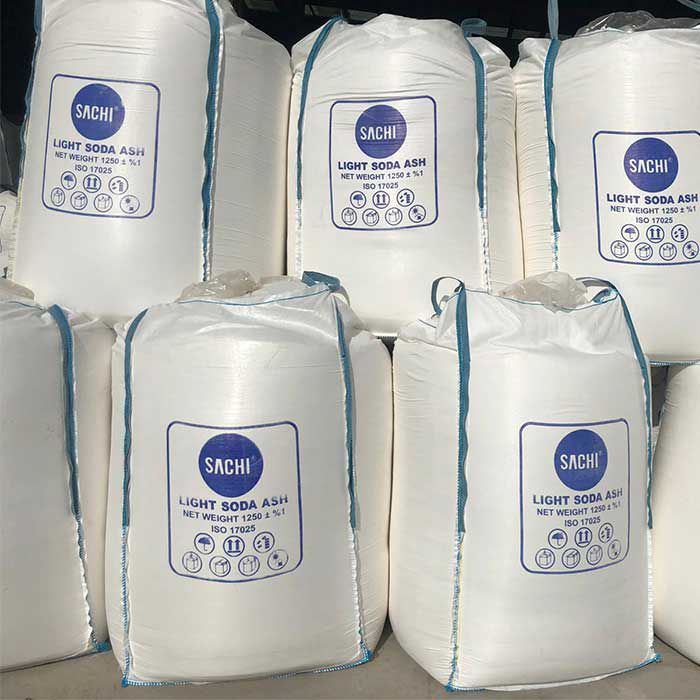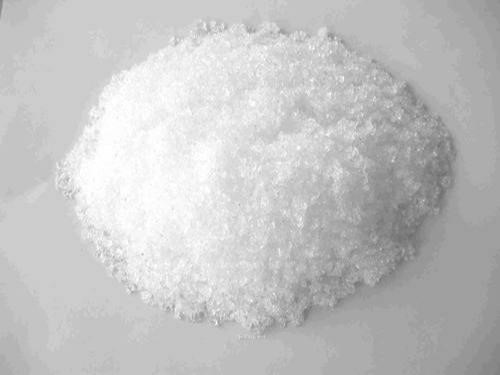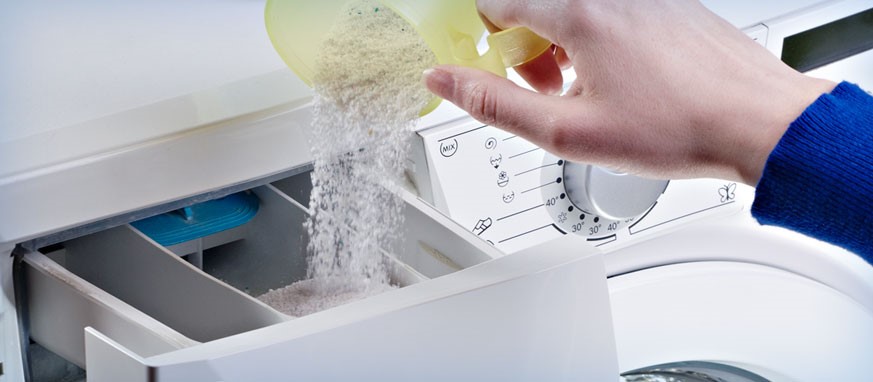What is Light SODA ASH?
Light soda ash, sodium carbonate content which is white in color, sold in powder form and 50 kg of bags chemical. Easily soluble in water and a clear, colorless solution are formed. Heavy mineral densities and differences.
Laundry and tulle whitening, glass production, toothpaste, textiles, and food is used as an acidity regulator.
soda Ash is one of the most basic industrial chemicals and essential components of many products which we use in our everyday lives.
About half of all soda ash is consumed by the glass industry: flat glass for the housing, commercial building and automotive industries, container glass for consumer products.
Other glass-related uses include lighting, fiberglass insulation, glassware, display screens for consumer electronics and solar panels. Soda Ash is widely used in soaps, detergents, and other cleaning products.
It can also be used to increase the alkalinity in swimming pools, helping to ensure the proper pH balance of the water. It also provides the sodium source for the production of pharmaceuticals, food preservatives, adhesives as well as pulp and paper.
Soda Ash is also a raw material in some sectors of metallurgy, e.g. removing phosphates and sulfurs from non-ferrous or ferrous ores, recycling aluminum and zinc. Additionally, it is used as a smelting flux and flotation agent, moreover in the production of lithium-based batteries, and lead-based batteries recycling.
There are two forms of sodium carbonate available, light soda and dense soda (granular).
Sodium carbonate has a melting point of 851C, it decomposes when heated and therefore a boiling point can not be determined.
Sodium carbonate is an inorganic salt and therefore the vapour pressure can be considered negligible. It is soluble in water and solubility increases with temperature.
The average particle size diameter (d50) of light sodium carbonate is in the range of 90 to 150 µm and of dense sodium carbonate is in the range of 250 to 500 µm.
Sodium carbonate is a strong alkaline compound. The pKa of CO3 2- is 10.33, which means that at a pH of 10.33 both carbonate and bicarbonate are present in equal amounts.
LIGHT SODA ASH
Soda Ash Light is used for production of detergents, chemicals, soaps, textile, paper, food, and other sodium compounds and for the casting industry, oil refineries.
DENSE SODA ASH
Soda Ash Dense is preferred for all kinds of glass manufacture like flat glass, float glass, container glass, etc.
SODA ASH FEED GRADE
Source of sodium in compound feeds. In addition, it works as a pH buffer (regulates the gastric and intestinal acid-base balance). Appropriate product granulation ensures uniform distribution of all the nutrients.
SODA ASH DENSE COARSE GRADE
Dense soda with selected granulation containing thicker fraction. Mainly used for the production of detergents.
DENSE COMPACTED GRADE
Obtained by crushing soda ash light. It has a lower density and different granulation than the regular dense grade. It might be unique or better suited for certain processes and applications.
Application
- In the detergent manufacturing industry, soda ash light is used to manufacture high-grade detergent powder. It makes detergents and soaps smoother surface.
- In the glass manufacturing industry, soda ash is used to produce glass containers, fiberglass insulation, and many others, soda ash is required because it decreases the melting point of silica.
- Soda ash light(NA2CO3) is used for drying clothes, clean air, softening water, and also as a fertilizer.
Use of soda ash is to maintain the pH level in a swimming pool, it increases the alkaline level which maintains pH. - In the food industry, use soda ash as an acidity regulator, stabilizer, and raising agent.
- In a brick manufacturing company, use of soda ash as a wetting agent.
- Soda ash light is also used to produce other chemicals like sodium silicate, sodium bicarbonate, and sodium chromate.
- Soda ash is also used in different industries like pulp and paper manufacturing, water treatment, effluent treatment, metallurgy, and drugs.
Special characteristics
- A fine white powder that is absorbent and easily dissolves in water
- Highly alkaline in water solution, and produces carbon dioxide in reaction to acid.
Properties of sodium carbonate light:
- Synonyms: Soda ash; carbonic acid disodium salt; disodium carbonate; calcined soda;CAS No. 497-19-8
- EINECS No: 207-838-8
- Appearance: white fine powder
- Purity: 99+%
- Formula: Na2CO3
- Relative Density: 2.53 g/cm3
- Molar Mass: 105.99 g mol/1
- Melting point: 851 oC decomposes
- Solubility: Soluble in water 106 g/l at 20C
- pH: 12 at 106 g/l at 25C
Physical Properties
- Sodium carbonate is an inorganic salt and therefore the vapour pressure can be considered negligible.
It has a melting point of 851°C (CRC Handbook, 1986; The Merck Index, 1983), it decomposes when heated at > 400 °C and therefore a boiling point cannot be determined.
soluble in water; insoluble in alcohol; dissolves in acids liberating CO2. The octanol-water partition coefficient (log Pow) is not relevant for an inorganic substance that dissociates.
The average particle size diameter (d50) of light sodium carbonate is in the range of 90 to 150 µm and of dense sodium carbonate is in the range of 250 to 500 µm. - sodium carbonate powder
- The monohydrate consists of colorless and odorless small crystals or crystalline powder; orthorhombic structure; refractive index 1.420; hardness 1.3 Mohs; density 2.25 g/cm3; loses water at 100°C becoming anhydrous; very soluble in water; insoluble in ethanol.
- The decahydrate consists of transparent crystals; effloresces on exposure to air; density 1.46 g/cm3; decomposes at 34°C; very soluble in water; insoluble in ethanol.
- An aqueous solution of sodium carbonate is strongly alkaline.
Chemical Properties
- Sodium carbonate is a white, crystalline and hygroscopic powder with a purity of > 98 %. There are two forms of sodium carbonate available, light soda and dense soda.
Impurities of sodium carbonate may include water (< 1.5 %), sodium chloride (< 0.5 %), sulphate (< 0.1 %), calcium (< 0.1 %), magnesium (< 0.1 %) and iron (< 0.004 %).
The purity and the impurity profile depends on the composition of the raw materials, the production process and the intended use of the product. For example the purity of the pharmaceutical grade must be higher than 99.5 % in Europe. - Sodium carbonate is a strong alkaline compound with a pH of 11.6 for a 0.1M aqueous solution (The Merck Index, 1983; Johnson and Swanson, 1987). The pKa of CO3 2- is 10.33, which means that at a pH of 10.33 both carbonate and bicarbonate are present in equal amounts.
Light soda uses:
The production of soaps and detergents, glass industry, the textile industry, chemical industry, water is used in relieving stiffness.
Uses of sodium carbonate:
GLASS MANUFACTURE:
The most important use for sodium carbonate is in the manufacture of glass. When heated to very high temperatures, combined with sand (SiO2) and chalk (CaCO3), and cooled very rapidly, glass is produced.
SWIMMING POOLS & SPAS:
Sodium carbonate is also used as a relatively strong base in various settings.
For example, sodium carbonate is used as a pH regulator to maintain stable alkaline conditions necessary for the action of the majority of developing agents. It is a common additive in municipal pools used to neutralize the acidic effects of chlorine and raise pH.
USING PH increaser in pools:
Test water pH which should be between 7.2 and 7.6. If below 7.2 add 1000g of powder per 100m3 of pool water. Dissolve powder in clean water and add solution while keeping pump and filters running. Wait for 2 hours and repeat test. If necessary repeat treatment.
TAXIDERMY:
In taxidermy, sodium carbonate added to boiling water will remove flesh from the skull or bones of trophies to create the “European skull mount” or for educational display in biological and historical studies.
CHEMICAL LAB:
In chemistry, it is often used as an electrolyte.
This is because electrolytes are usually salt-based, and sodium carbonate acts as a very good conductor in the process of electrolysis.
Additionally, unlike chloride ions which form chlorine gas, carbonate ions are not corrosive to the anodes. It is also used as a primary standard for acid-base titrations because it is solid and air-stable, making it easy to weigh accurately.
LAUNDRY & HOUSEHOLD CLEANING:
In domestic use, it is used as a water softener during laundry by removing hard water ions. Without using washing soda, additional detergent is needed to soak up the magnesium and calcium ions.
Called Washing Soda in the detergent section of stores, it effectively removes oil, grease, and alcohol stains.
Sodium carbonate is also used as a descaling agent in boilers such as found in coffee pots, espresso machines, etc. Sodium carbonate is used to encapsulate and kill mold.
When mixed with water and put in a spray bottle, it is sold for its anti-mold cleaning ability. It is also used to blast off mold from wood or other materials.
Sodium carbonate may be used for safely cleaning silver. First, aluminum foil is added to a glass or ceramic container and covered with very hot water and some sodium carbonate.
Silver items are dipped into this “bath” to clean them, making sure the silver makes contact with the aluminum foil. Finally, the silver is rinsed in water and let to dry.
DYE INDUSTRY:
In dyeing with fiber-reactive dyes, sodium carbonate (often under a name such as soda ash fixative or soda ash activator) is used to ensure proper chemical bonding of the dye with the fibers, typically before dyeing (for tie dyes), mixed with the dye (for dye painting), or after dyeing (for immersion dyeing). Works best for cotton and denim.
Other Applications
- Wetting agent for clay extraction.
Safety:
Poison by intraperitoneal route. Moderately toxic by inhalation and subcutaneous routes. Mildly toxic by ingestion. Experimental reproductive effects. A skin and eye irritant. It migrates to food from packaging materials. Can react violently with Al, P2O5, H2SO4, F2, Li, 2,4,6-trinitrotoluene. When heated to decomposition it emits toxic fumes of Na2O
Packaging:
Bulk shipload up to approximately 15,000mt per vessel
One-ton block bottomed woven polypropylene bags
50kg woven polypropylene bags with inner polythene liner
Specification of Light Soda Ash:
| CHEMICAL COMPOSITION | UNIT | MIN | MAX |
|---|---|---|---|
| Sodium Carbonate(Na2Co3) | %wt | 99.2 | 99.6 |
| Sodium Chliride(NaCl) | %wt | 0.5 | 0.7 |
| Sodium Bicarbonate(NaHCo3) | %wt | ---- | 0.1 |
| Sodium Solfate(Na2So4) | %wt | ---- | 0.05 |
| Iron(Fe) | ppm | ---- | 50 |
| Loss on heating | %wt | ---- | 0.2 |
| Moistore | %wt | ---- | 0.2 |
| Ni | ppm | ---- | 30 |
| Cr | ppm | 10 | |
| Mn | ppm | ---- | 10 |
| Cu | ppm | ---- | 30 |
| Characteristics | |||
| Total Alkalinity | %wt | 58.12 | 58.42 |
| Pouring Density | g/cm3 | 0.45 | 0.6 |
Specification of Light Soda Ash





